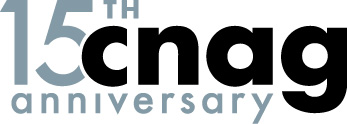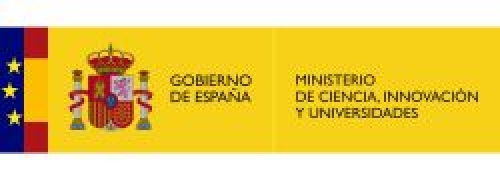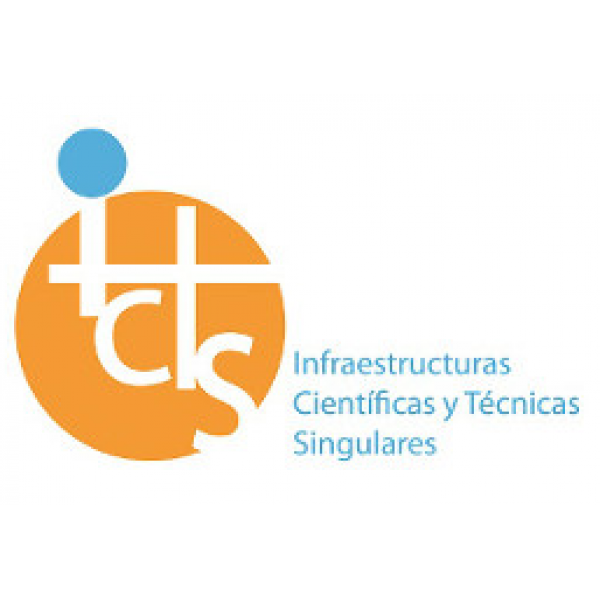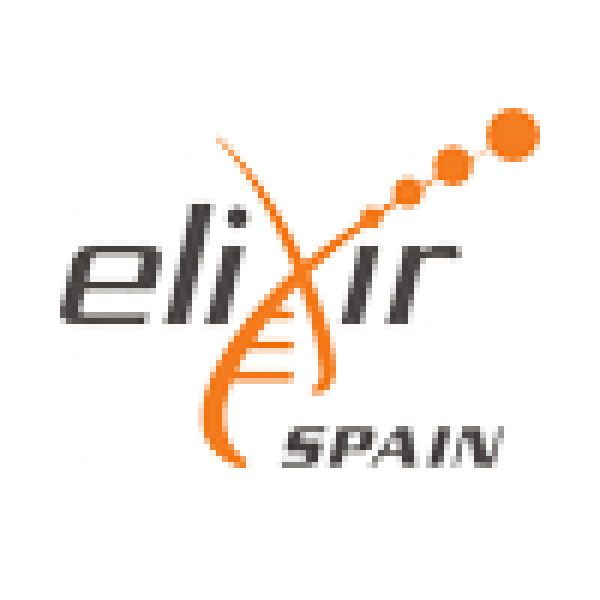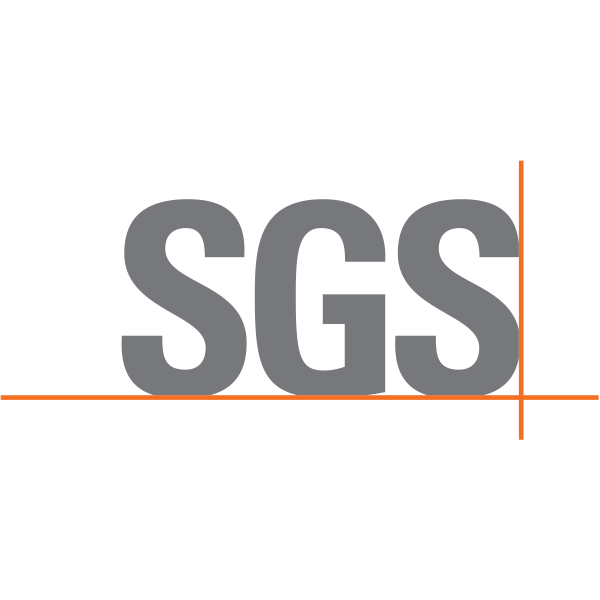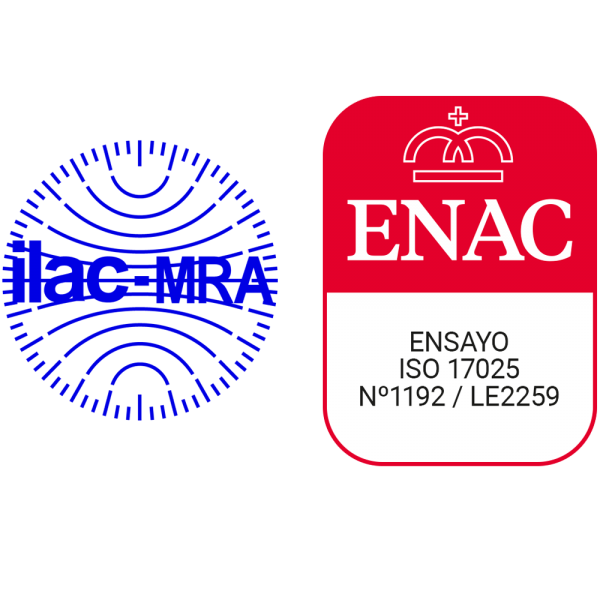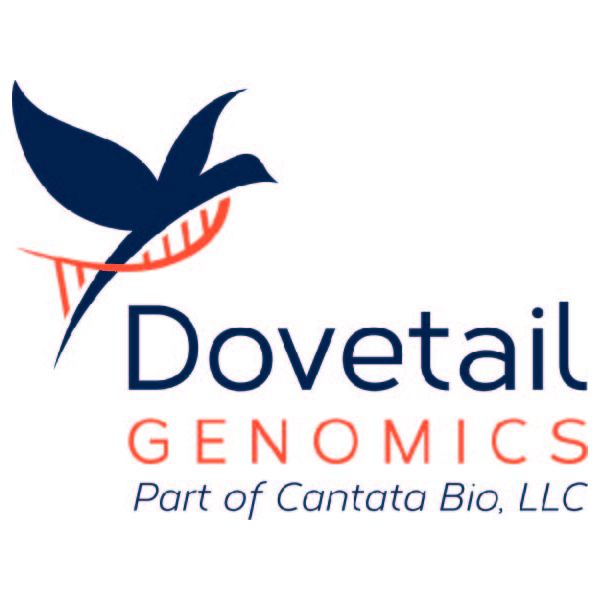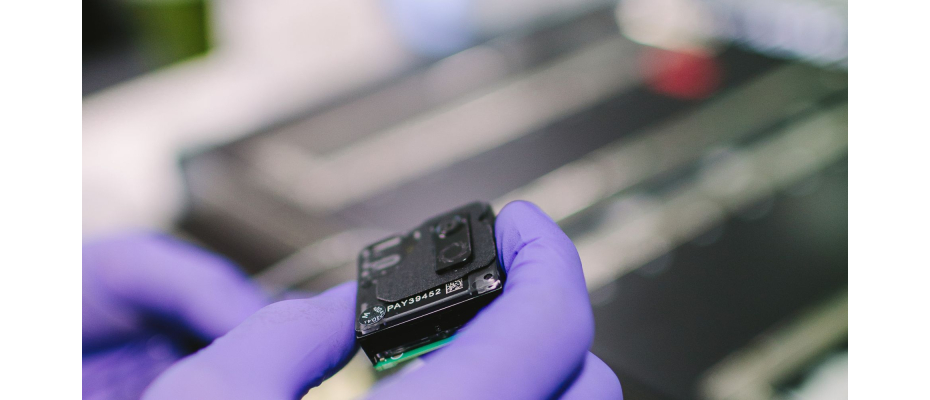
Long-read sequencing technologies are transforming genomics by allowing researchers to detect structural variants (SVs), which are changes in the genome such as duplications, deletions, or rearrangements of DNA letters or sections that can significantly affect how genes function and the role in diseases. Producing reliable long-read data requires high molecular weight (HMW) DNA of excellent quality and quantity, similar to how building a precise map depends on using intact, high-quality materials. Although several DNA extraction methods exist, their comparative performance in routine laboratory workflows had not been thoroughly evaluated.
A recent interlaboratory study led by the UK National Measurement Laboratory, in collaboration with CNAG, addressed this question by testing four commonly used DNA extraction protocols (Fire Monkey, Nanobind, Puregene, and Genomic-tip), using a reference cell line with known chromosomal alterations. At CNAG, the Sequencing Unit, led by Marta Gut and Javier Gutiérrez Cuesta, and the Bioinformatics Unit, including Raúl Tonda, Marc Dabad, Jordi Morata, and Maria Cristina Frias-Lopez, conducted sample processing, sequencing, and primary analyses. CNAG Director Ivo Gut and the Bioinformatics Development & Statistical Genomics Team, with Simon Heath, supported the evaluation of structural variant detection and data interpretation.
The study found that all DNA extraction methods produced samples of sufficient purity for sequencing, although the total amount of DNA recovered varied between protocols. Among the methods tested, Fire Monkey extracts generated the longest average DNA fragments, which helps produce longer sequencing reads and improves genome assembly. Genomic-tip extracts yielded the highest amount of DNA, providing more material for multiple sequencing runs, while Nanobind produced the largest proportion of ultra-long DNA fragments exceeding 100 kb, which is especially valuable for detecting large structural changes in the genome.
The team also applied a digital PCR-based assay to measure DNA integrity. This method allowed them to predict which samples would produce ultra-long sequencing reads, offering a more precise and quantitative assessment than traditional gel-based tests. When analysing structural variants, the researchers found that both the length of the sequencing reads and the overall coverage (how many times each DNA region is read) were key factors for accurate detection. Very large or complex variants still required careful manual checking to confirm their presence.
These results demonstrate that the choice of DNA extraction method and the quality of the DNA have a direct impact on the success of long-read sequencing and the ability to identify important genetic variations. By understanding the strengths and limitations of each method, laboratories can optimize their workflows to generate high-quality genomic data.
REFERENCE ARTICLE
Devonshire, A.S., Morata, J., Jubin, C. et al. Interlaboratory evaluation of high molecular weight DNA extraction methods for long-read sequencing and structural variant analysis.BMC Genomics 26, 698 (2025). https://doi.org/10.1186/s12864-025-11792-7
